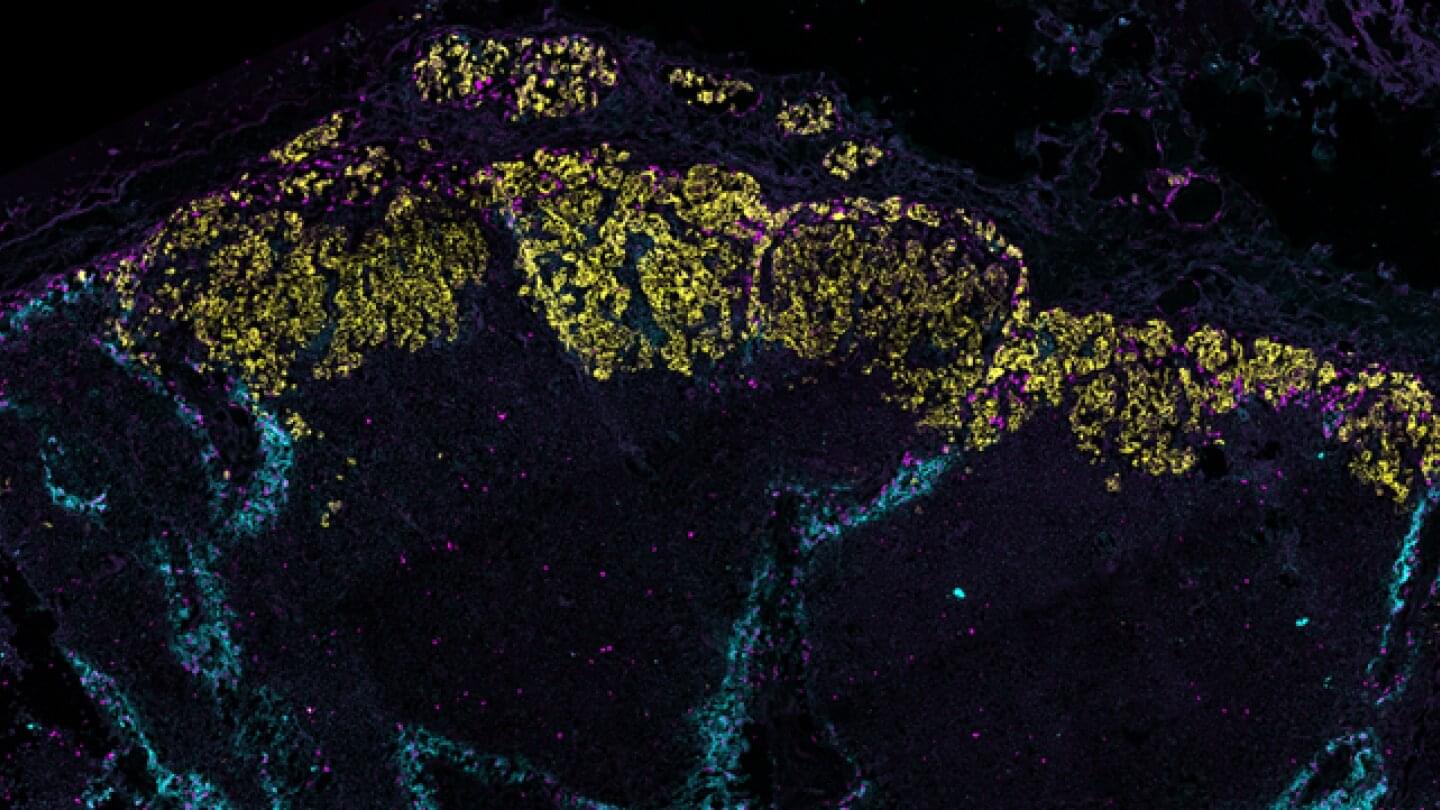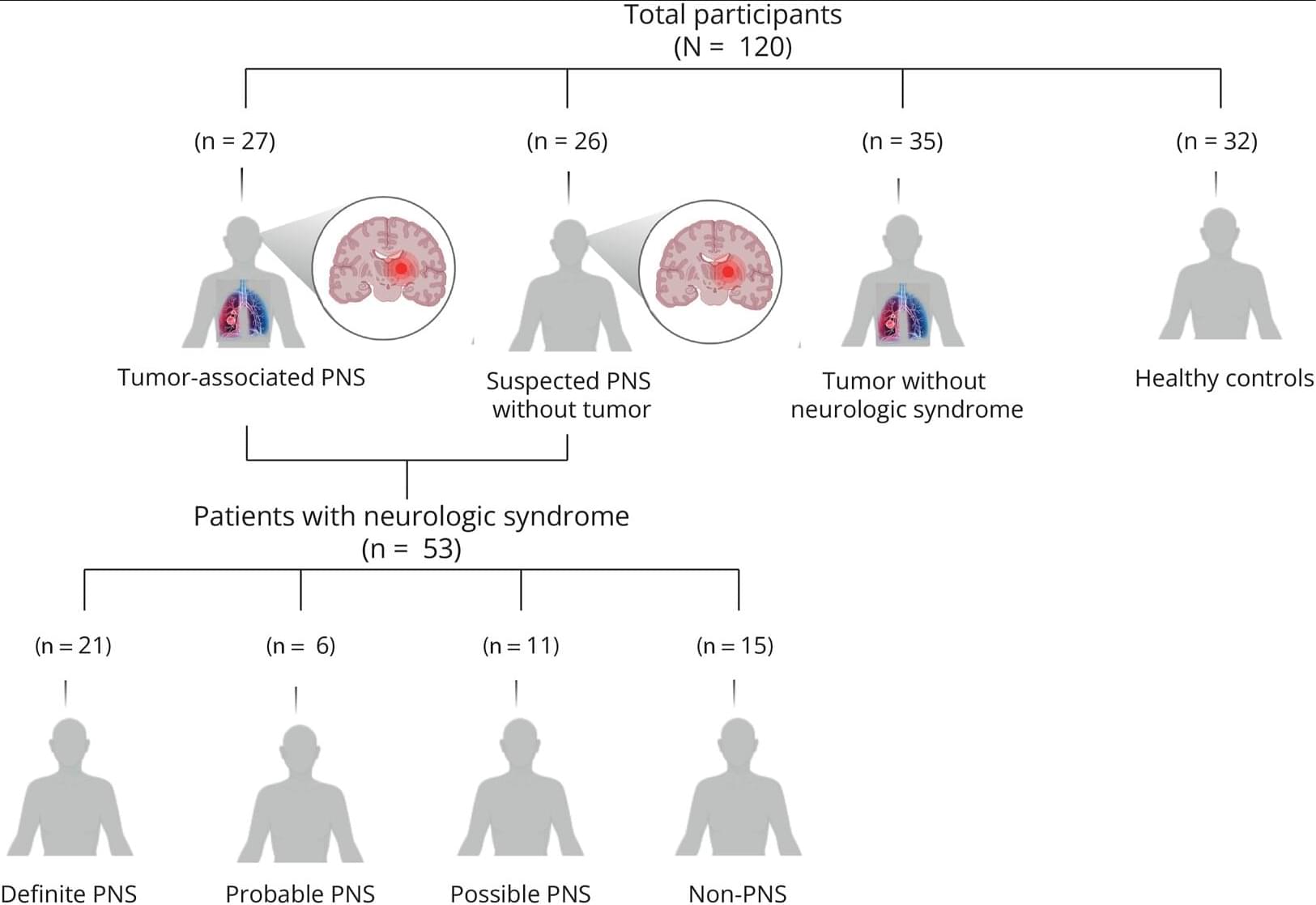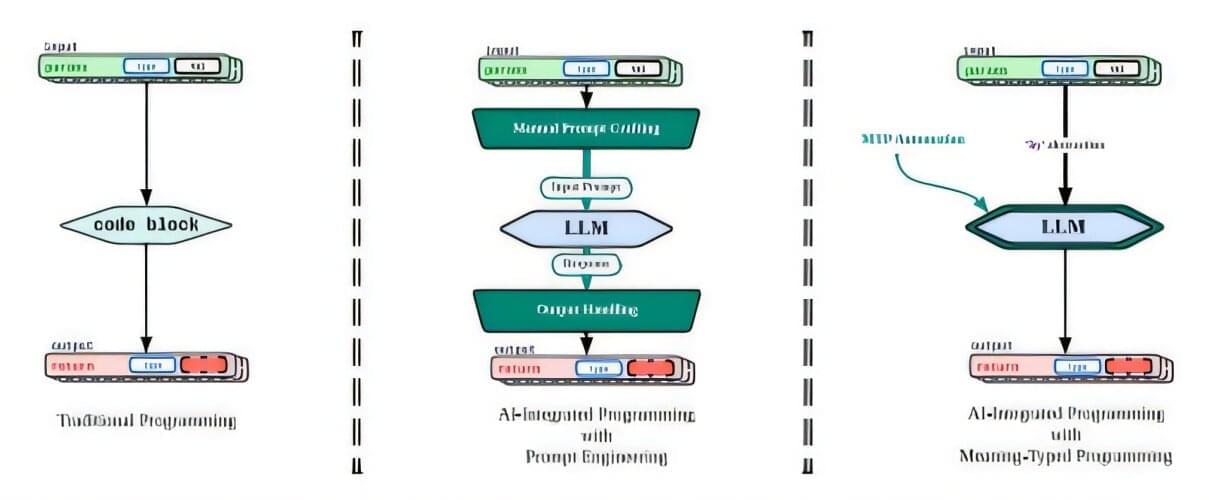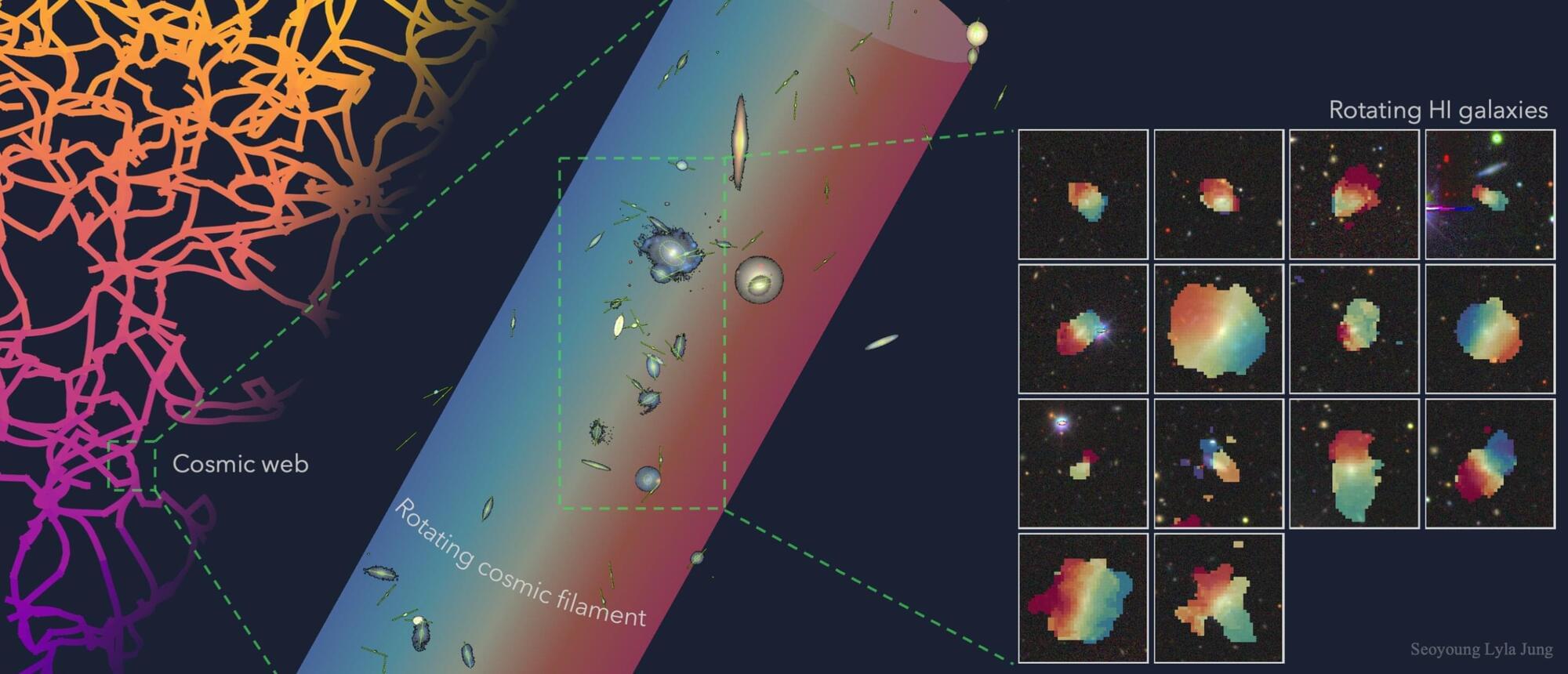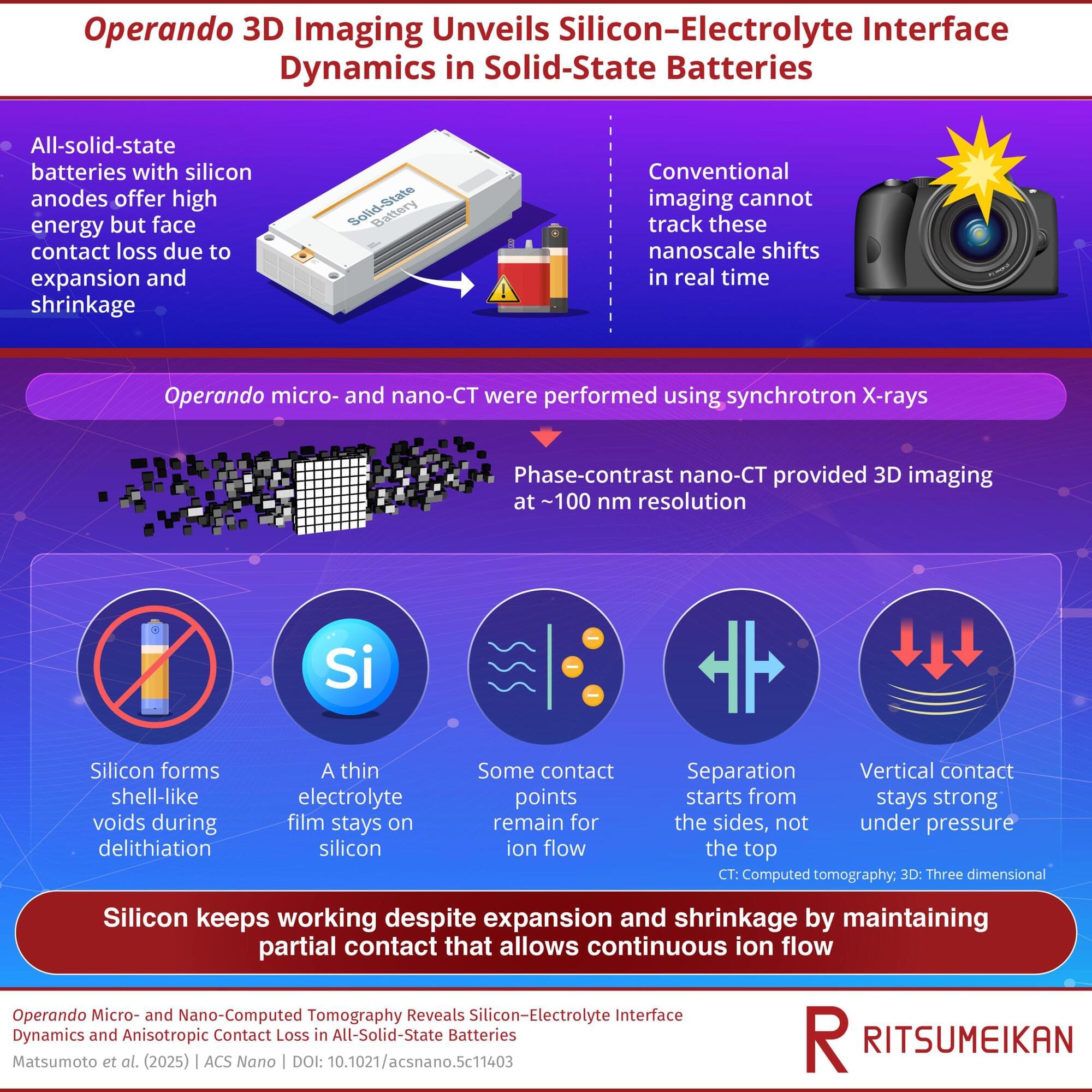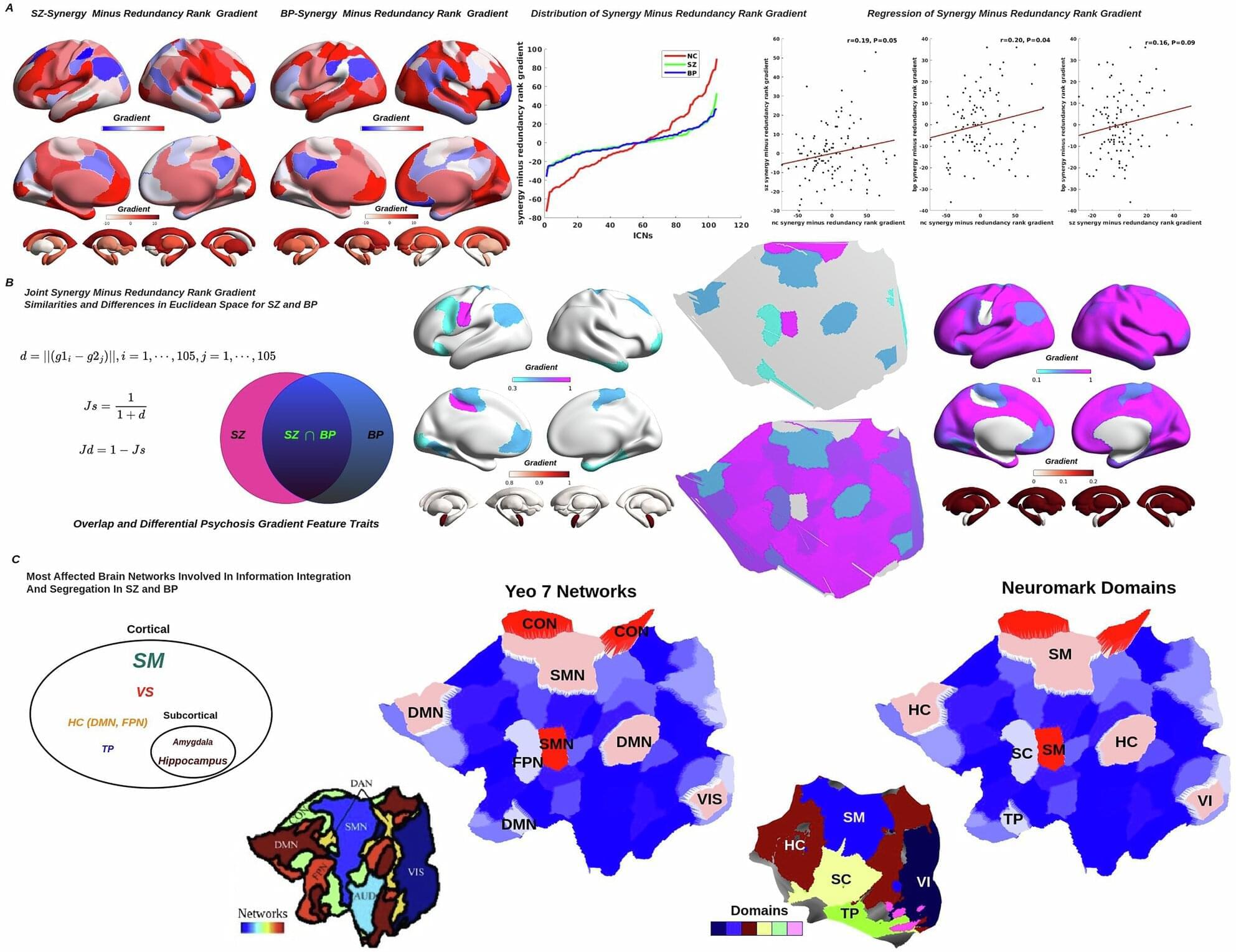The Lifeboat Foundation Guardian Award is annually bestowed upon a respected scientist or public figure who has warned of a future fraught with dangers and encouraged measures to prevent them.
This year’s winner is Professor Roman V. Yampolskiy. Roman coined the term “AI safety” in a 2011 publication titled * Artificial Intelligence Safety Engineering: Why Machine Ethics Is a Wrong Approach*, presented at the Philosophy and Theory of Artificial Intelligence conference in Thessaloniki, Greece, and is recognized as a founding researcher in the field.
Roman is known for his groundbreaking work on AI containment, AI safety engineering, and the theoretical limits of artificial intelligence controllability. His research has been cited by over 10,000 scientists and featured in more than 1,000 media reports across 30 languages.
Watch his interview on * The Diary of a CEO* at [ https://www.youtube.com/watch?v=UclrVWafRAI](https://www.youtube.com/watch?v=UclrVWafRAI) that has already received over 11 million views on YouTube alone. The Singularity has begun, please pay attention to what Roman has to say about it!
Professor Roman V. Yampolskiy who coined the term “AI safety” is winner of the 2025 Guardian Award.

